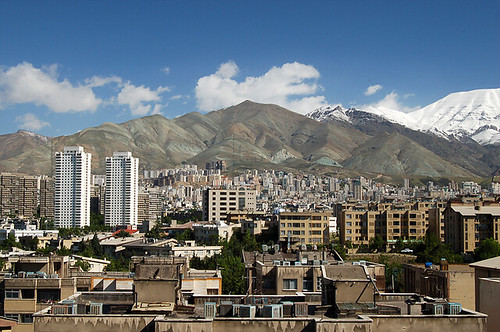Two 1 mile x 1 mile areas in Atlanta and two 1 mile x 1 mile areas in Istanbul are compared to establish correlations between the distribution of pedestrian movement and street configuration. In each city, one area is chosen in the urban center and the other in one of the residential neighborhoods. The aim is to identify both underlying regularities that link street connectivity to pedestrian flows and differences regarding the volumes of pedestrian presence that can be traced to the influence of different modes of space appropriation. Based on pilot studies we expect to show that the volumes of pedestrian traffic per road segment can be post-dicted based on an analysis of standard GIS-based representations of street networks to implement two new measures of connectivity: reach, which measures the length of street network accessible within a given walking radius, and directional distance, which measures the number of direction turns needed to get to all accessible parts of the network. The work has several consequences. First, it complements existing work on the influence of density and design upon pedestrian movement by bringing into sharper focus a variable that clearly partakes of both design and density, namely the connectivity of the street network and its configuration. Second, it helps clarify that while land-use may play an important role in determining the average volume of movement in a given area, spatial layout plays a more important role in determining the distribution of movement within an area. This has consequences for at least some kinds of local urban economy as the comparative analysis will show: in Istanbul retail still relies on the “passing trade” more than it does in Atlanta because of the finer grain not only of the street network but also the size of businesses.
more about Space Syntax:
